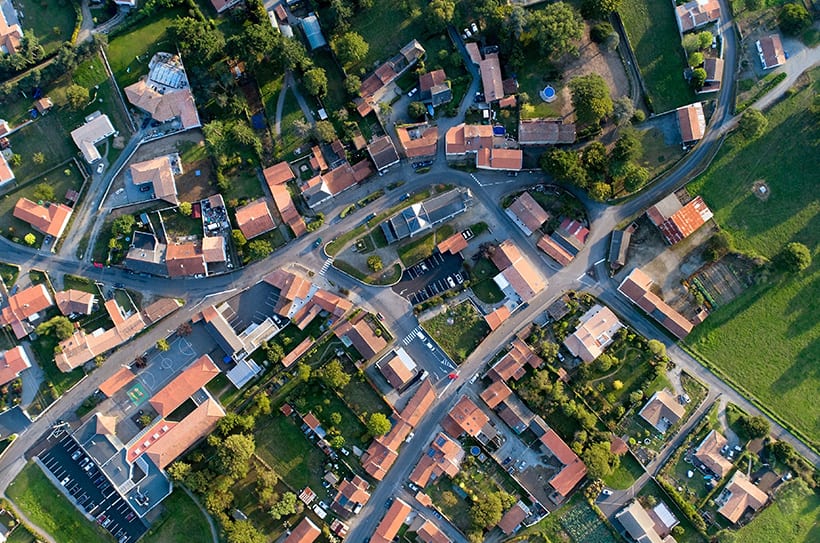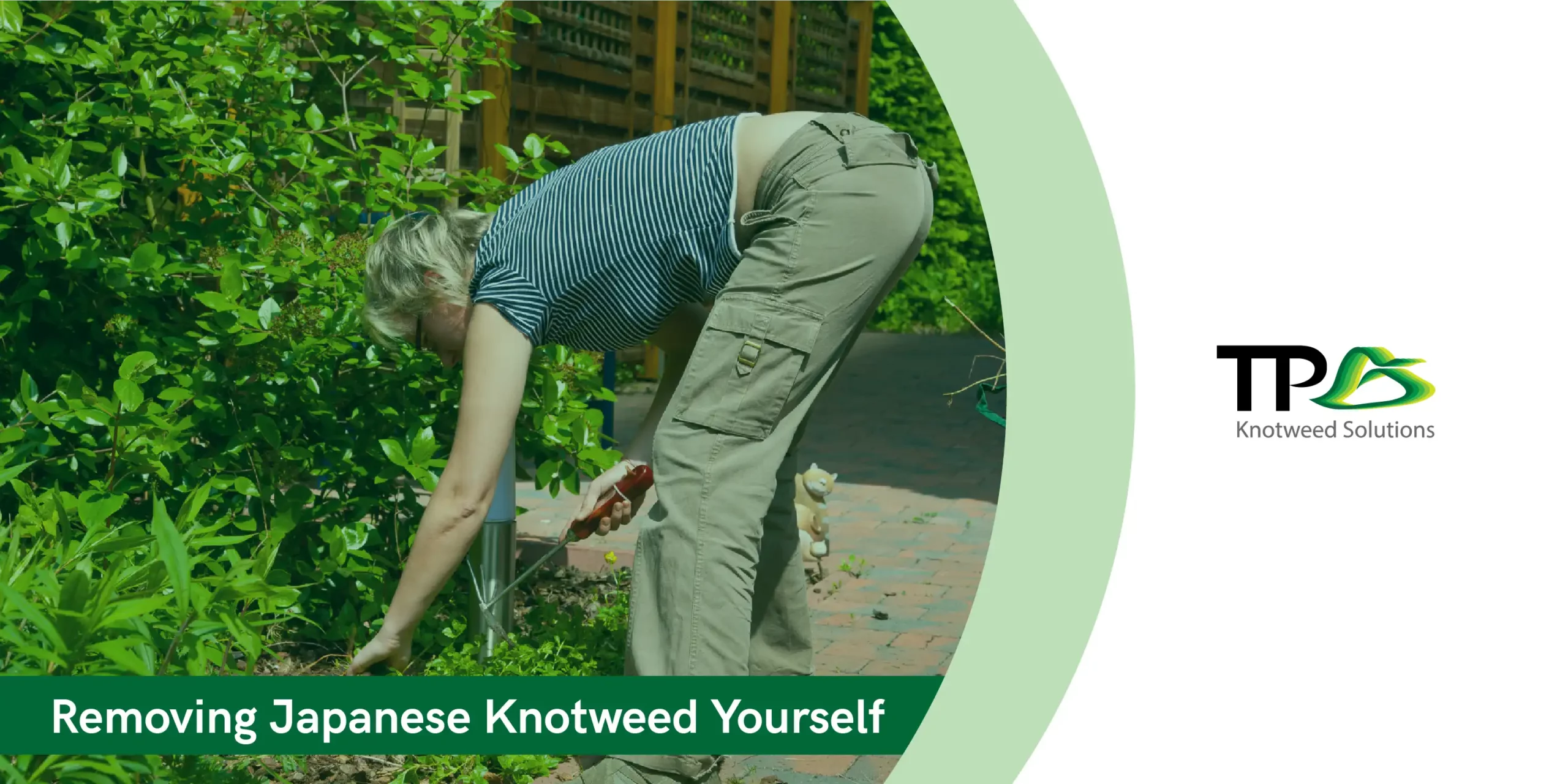Claiming For Japanese knotweed With Land Remediation Relief
Japanese knotweed is a nightmare. Not only is this invasive plant a hazard to biodiversity, you’re also faced with a host of legal responsibilities to stop it spreading onto neighbouring land and the potential of facing legal action if you do.
You are also legally obliged to kill any Japanese knotweed immediately, and dispose of all plant matter and contaminated soil. Thankfully, you can claim Land Remediation Relief (LRR) in a number of circumstances. Let’s take a look at how this form of tax relief works.
Under What Circumstances Can I Claim Tax Relief?
The first thing to know is that the rules for claiming LRR changed in 2009. Prior to that, Japanese knotweed wasn’t considered dangerous enough to pass the HMRC’s ‘harm’ test, and only the removal of Japanese knotweed existing on purchased land was covered by LRR.
Under the new legislation, the HMRC has recognised that existing land can be contaminated by Japanese knotweed through events such as fly-tipping. In these, and similar cases, LRR now covers land contaminated by Japanese knotweed while under your ownership.
How Much Can I Claim?
You can claim a deduction of 100% plus a further deduction of 50% to cover any expenses incurred by hiring a company to clean up your land. These expenses are covered under Corporate Tax and can simply be submitted with your Corporation Tax Self-Assessment.
What Do I Need to Do to Qualify?
To qualify for LRR you need to take immediate remedial action to remove Japanese knotweed from your property. This also has to be done by the methods legally required by the HMRC.
If you don’t take remedial action immediately and the Japanese knotweed spreads to a neighbouring property you may find you’re ineligible for relief.
To add insult to injury, your neighbour will be within their rights to take legal action against you. Thankfully, remedial action can include seeking advice from a specialist in removing Japanese knotweed. The key is to not bury your head in the sand, as the problem won’t go away and is likely to get worse.
Is There a Simple Rule Covering Who Should Pay to Remove Japanese knotweed?
In the fight against Japanese knotweed the Government is clear that it’s the ‘polluter’ who should pay for cleanup and disposal.
This is why you’ll be deemed legally and financially responsible if you fail to take remedial action and Japanese knotweed spreads to another property. Similarly, your neighbour will be responsible should Japanese knotweed spread from their property to yours.
In cases where Japanese knotweed invades your property but you can’t identify the ‘polluter,’ you’ll be immediately eligible for LRR. All cases are handled on an individual basis.
What If I Don’t Know I Have Japanese knotweed?
Given the pervasive nature of Japanese knotweed and other invasive species, you should call a specialist to look over land before purchase. For more information on identifying Japanese knotweed, click here.
That way, even if you decide to purchase the land, you’ll know you can safely and legally remove the weed and claim LRR. If somebody mentions that they think you have Japanese knotweed and you don’t act on this information, you run a serious risk of being ineligible for LRR should the weed spread.
Why Specify Methods of Destruction? Can’t I Just Have Japanese knotweed Taken to a Landfill?
The Government is ferocious in its fight against Japanese knotweed and has developed a number of technologies to aid in its disposal.
Off-site treatment centres are the most effective method of disposal and LRR covers this. Due to the development of these, landfill disposal is no longer considered a preferred option and isn’t covered under LRR.
Do I Need to Hire Professionals?
Assessing and removing Japanese knotweed isn’t a job you should undertake yourself. Given the weed can grow 4m in 10 weeks, has roots that can spread 7m horizontally, and has the ability to compromise structures, this is purely a job for professionals.
Widespread infestations can take many years to remove and you’ll also need to remove all contaminated soil to an off-site treatment centre, meaning it’s not a job you want to undertake anyway.
The best advice is to take action immediately, hire a company to remove your Japanese knotweed in a Government approved manner, and apply for LRR.
At TP knotweed we offer a site survey to help put your mind at ease, get in touch with us today by calling 0800 389 1911 or contact us online.




